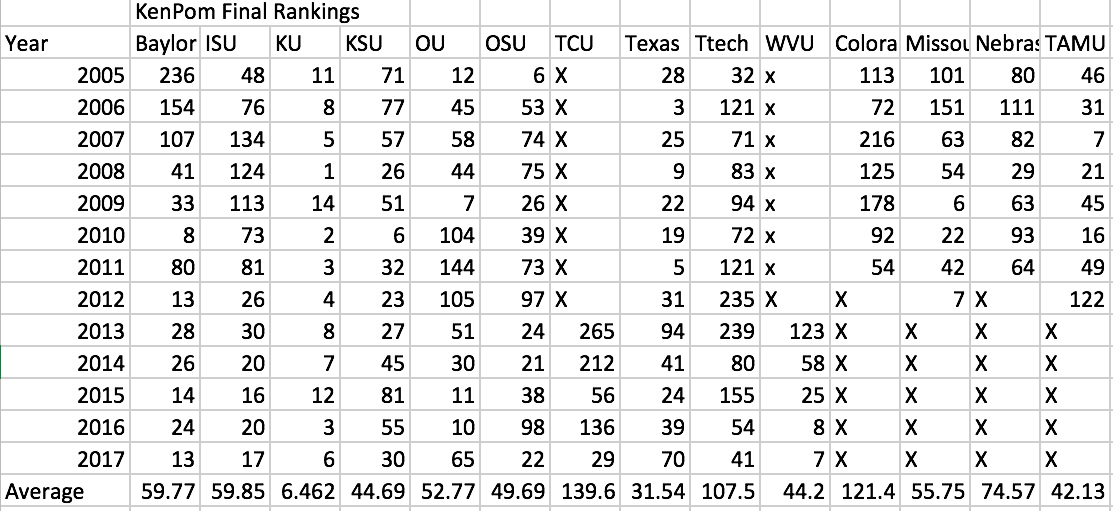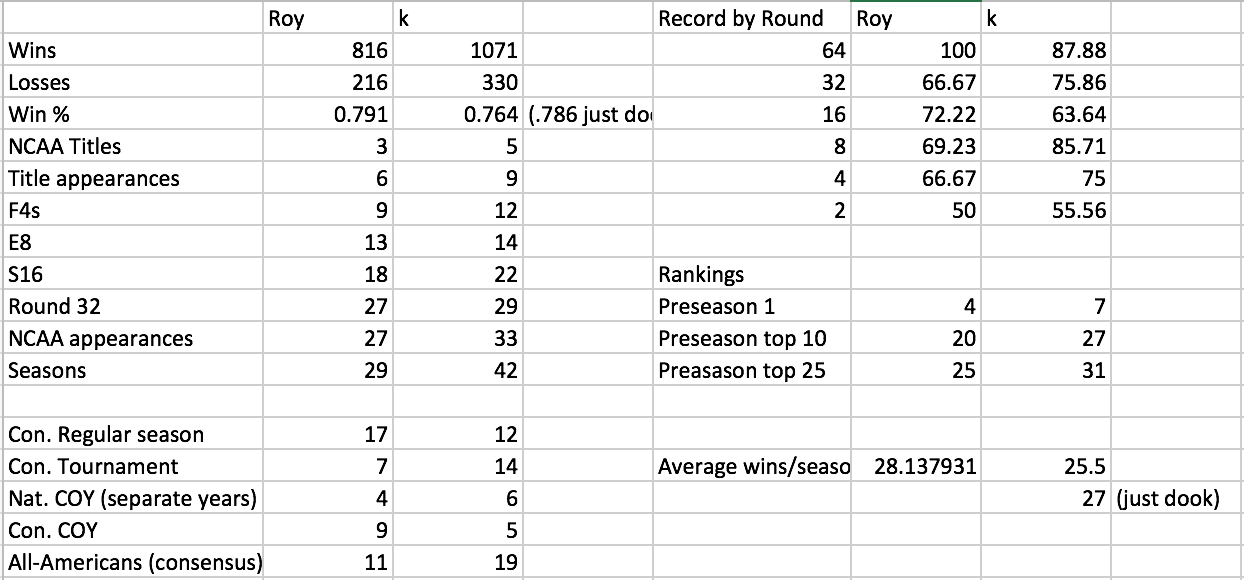A few weeks ago, a student in one of my U.S. history classes posed to me the question in this blog’s title: “What can you do with a history PhD?” He knew that you could teach, but wondered if there were any other career opportunities.
As I started answering the question, it made me realize that I had friends who had done many different things with their degrees. With this post, I wanted to highlight some of those very talented people and also speak to the versatility of the degree. (This is, unquestionably, one of the best parts of going to graduate school—meeting so many talented, intelligent people and getting to socialize with them.)
I asked these colleagues all to do three different things with their responses. (1) Explain the type of history training they received and when they graduated; (2) Describe what their job is, and; (3) Explain how they use their history PhD skills in their job.
In sum, I thought the respondents highlighted several themes, each, I believe, inherent to graduate training in history. First, getting a PhD trains you how to be a good researcher. Second, the degree helps you process and assess information quickly and thoroughly (you develop excellent analytical reading skills). Finally, graduate school in history will help you develop strong, argumentative writing skills. These skills are applicable to a variety of careers, as seen below.
Do other courses of study help you develop similar skills? Of course. But, in a world seemingly devoted to STEM degrees and skills, there is frequently a narrative that historians (and other graduate degree holders in the humanities) have no “real” skills. I disagree strongly, and I think each of the people below would.
With that, I will let them tell you about their graduate school training in their own words. Though young, each of them has already had real career success and can serve as a model for students looking to seek employment inside (in the case of Kelly Houston Jones) or outside (as in everyone else) the academy.
**One last note: I left their responses almost entirely unedited, so that is why there is a slight difference in style between each of them.
Frank Blazich
In terms of an “about me,” my biography from work might help. My title is curator of modern military history here at the Smithsonian’s National Museum of American History. The majority of work revolves around researching, curating, and enhancing the museum’s collections and exhibits as pertaining to twentieth and twenty-first century American military history (predominantly home front, U.S. Army, U.S. Navy, U.S. Marine Corps). While I can and do work with eighteenth and nineteenth century items, modern is my forte.
After completing my doctorate in modern American history (with a military history emphasis) from Ohio State University in 2013, I took my first position as a federal employee as the historian at the U.S. Navy Seabee Museum. A small museum with a staff initially numbering a half a dozen, the work found me handling everything from moving objects, identifying objects, researching, writing, giving public presentations, helping design and build exhibits, repairing exhibits, painting walls, sweeping floors, the entire gamut of museum work really. From the aspect of education/training, much of my museum/curatorial knowledge stemmed from my father’s collecting of militaria and my own partial collecting of civil defense-related objects. Learning to identify an object by markings and assorted details, to recognize its contextual role in history is something that I learned through experience and research. The research and analytical skills developed in graduate school certainly helped me gather information to identify and contextualize objects quickly and efficiently. The latter is critical when working with a collection as large as what is housed here at the museum.
John Hess
I received both my MA and PhD in military history from the University of Kansas, finally graduating in May 2017. During grad school, I received mostly traditional history training designed for grad students looking for jobs within academia. Initially this was the path I wanted to follow, but around three years into grad school I realized that a job within academia was not for me. As a result, I began looking for alternative job options and training to get those jobs.
The biggest help I received was from programs at KU's Hall Center for the Humanities, which had recently begun a series of programs designed to help humanities grad students find employment outside of academia. Through these programs, I participated in a week-long "boot camp" that served as an introduction to these opportunities and got an summer internship at the Negro Leagues Baseball Museum in Kansas City. These opportunities were exceptionally helpful in showing how the skills developed as a history graduate student could be transferred into the world outside of academia.
From there, I decided I wanted to work in public policy (a long-held interest that I've had) and basically lucked into a position as a Legislative Fellow at the nonpartisan Kansas Legislative Research Department. After that fellowship concluded, I was hired as permanent fiscal analyst for KLRD.
As a fiscal analyst, I am responsible for analyzing the budgets for my assigned state agencies, writing up that analysis, presenting my analysis to the Legislature, tracking legislative changes to the budget, and assisting with post-session fiscal publications. Beyond that, I am responsible for answering legislative requests for information regarding the budgets of my assigned state agencies, which includes significant work on school finance-related issues since I am the assigned fiscal analyst for the Kansas Department of Education.
Although my grad school training did not include fiscal analysis (I mean, why would it in history), there are plenty of other history PhD skills that are well-suited for work in the public policy sector. First, is the ability to write; good, clear writing is vitally important in explaining the complexities of state budgets and in answering legislative questions. Second, the analytical skills developed by graduate study are eminently useful. In my position, you need to be able to look at the greater context legislative action and history to explain major budget changes; and history training definitely reinforces the importance of context. And perhaps most important skill is the ability to quickly digest, analyze, and explain large swaths of information. This is a skill honed mostly during coursework in grad school, but the timeline of the legislative session means that you often have to research and answer major questions within hours or days; you do not have several weeks to research and write a response. Grad school coursework definitely teaches you how to read, analyze, and explain large amounts of information in a short timeline. There are many other history PhD skills that translate to public policy work, but these are, I think, the most important.
Kelly Houston Jones
I am originally from Conway County, Arkansas, and I graduated from the University of Arkansas with a Ph.D. in history in 2014. Certainly, the program taught me how to be a historian—by learning what conversations historians before me have had and where I can contribute to those debates—along with several other skills that I treasure.
As a student, I got the chance to travel to archives at the University of North Carolina at Chapel Hill, Duke University, and the National Archives and Library of Congress in Washington, DC. I picked up some skills in writing funding proposals to get the grants. More importantly, I learned how to organize which information was most relevant to my research question before making the trips, prioritize the time I had to gather information, and then process those documents into a meaningful system of organization that I could rely on to write the dissertation. Thus, I believe one of the most important skills that I learned at the advanced level as a doctoral student was information literacy. My education taught me how to sift through and analyze mountains of information and find and use what I needed for the task at hand. I would say that goes for research and writing as well as teaching.
While working toward the completion of the Ph.D. I served as Assistant Editor of my state’s historical journal, the Arkansas Historical Quarterly, which is housed at the U of A in Fayetteville. Not to be confused with an editorial assistant (who fact-checks and performs clerical work), the job of the assistant editor required me to edit the work of other historians at two levels—the copyediting “micro” level where I searched for typographical errors and mistakes in Chicago Style references, and the “bird’s eye view” editing that looked for a clear argument, logical flow, organization, and consistency. Doing this work for two years immeasurably improved my own historical writing and armed me with helpful experience that I could have used to go into the academic publishing field if I had not gone into the professoriate.
I am now in my third year as an Assistant Professor in History at Austin Peay State University in Clarksville Tennessee. This means I’m at the “beginner” or “junior” rank and can hope to achieve the next rank of “Associate” upon being awarded tenure in year six. I use all of my skills as an academic historian to continue my publishing agenda, but I also draw on them to organize my courses, prioritizing what information is most valuable for students, and distilling it for the audience whether they are freshmen or graduate students. I am committed to sharing information literacy and clear writing with them because I understand how important those skills are to all who seek higher education. I teach four classes each semester, including general US history surveys as well as focused upper level and graduate courses on topics like American slavery or the Civil Rights Movement. I go to several conferences every year, like the Southern Historical Association meeting, where I learn from other historians’ research, try out my ideas on other historians, and pick up new teaching ideas.
Note: Kelly recently organized an entire weekend of events devoted to "emphasizing the experience of African Americans in our area during the war and Reconstruction." You can see the flier for that event here.
Jeremy Prichard
I am the 19th Airlift Wing Historian at Little Rock Air Force Base. Before that, I earned my Ph.D. in History from the University of Kansas in 2014. I specialized in mid-nineteenth century U.S. history with an emphasis on the Civil War Era. I was fortunate that the U.S. Air Force – a military institution with roots established in the twentieth century – was willing to overlook my infatuation with the nineteenth-century’s most politically and socially consequential affair and offer me a job.
I wear many hats as an Air Force Historian. I manage most history-related inquiries and projects associated with my assigned unit and much of the military installation. I research and write the annual wing history for archival preservation at the Air Force Historical Research Agency in Maxwell, Alabama. And I instruct Airmen at “The Rock” – uniformed and civilian – on U.S. military, Air Force, and airlift history in an effort to connect today’s missions with those from yesteryear.
The skills that I developed in graduate school translate perfectly into my current position. In fact, my employers highlighted my experience researching, writing, and teaching (over my lack of Air Force knowledge) when they offered me a job; they (correctly) presumed that familiarity with Air Force history would come with time. While I often miss the classroom, working for the Department of Defense has its own rewards, chief among them are the opportunity to work as a professional historian combined with the financial means to support my family.
**Jeremy added that his research path had taken him from very traditional historical military research, such as into the burial of President Abraham Lincoln, to public, institutional history like the 75th anniversary of Pearl Harbor and the attack on the 19th Bombardment Group at Clark Field.
Amanda Schlumpberger
I graduated in 2015 with a PhD in American history from the University of Kansas. My specialization is US foreign policy during the Cold War. I am currently a performance auditor for the Kansas Legislative Division of Post Audit (LPA).
A performance audit is not the same as a financial audit. A performance audit is an evaluation of how well a government function, agency, program, or activity is working. Typically, audits answer questions surrounding the compliance, effectiveness, and/or efficiency of an agency, program, or function. An audit can be about a broad range of topics and use a variety of methodologies to answer the audit questions.
The most important skill from my history education in my work is critical thinking. No matter what the audit topic is, I must be able to think about the context and conduct analysis and interpretation. Strong research skills are also important to my job. Since the research I conduct over the course of an audit could range from data analysis, to legal research, to conducting interviews and surveys, the diverse research skills and methods that historical work uses is essential to my job. The ability to look at the results of research and synthesize larger conclusions is a fundamental history skill that I use in my work as well. Every conclusion I make in an audit must be supported by evidence and the evidence must be documented (yes, I even use the mundane skill of citing sources in my work). Communicating ideas clearly is also a key history skill I use in my job. I must be able to write in an organized and clear manner to deliver audit results to people who may not be familiar with or have in-depth knowledge of a program or agency. Our reports are designed the same way historians work and write. There is a question to answer, an answer that is the thesis statement, and then the supporting evidence collected through research and analyzed.
**Amanda later added “for what it’s worth, I would agree with the five skills listed here that history does not teach but are essential for career diversity.”


























